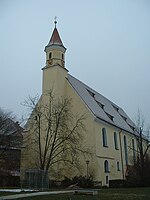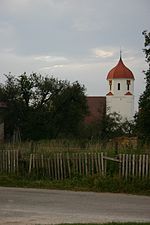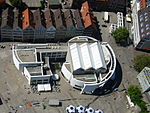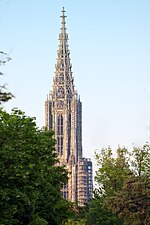Trams in Ulm
Metre gauge railways in GermanyTown tramway systems by cityTram transport in GermanyTransport in Ulm
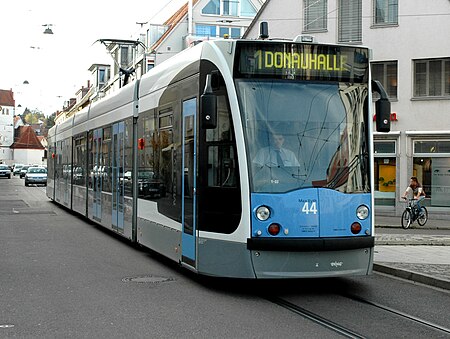
The Ulm tramway network (German: Straßenbahnnetz Ulm) is a network of tramways forming part of the public transport system in Ulm, a city in the federal state of Baden-Württemberg, Germany. Opened in 1897, the network is currently operated by Stadtwerke Ulm/Neu-Ulm GmbH (SWU), and integrated in the Donau-Iller-Nahverkehrsverbund (DING).
Excerpt from the Wikipedia article Trams in Ulm (License: CC BY-SA 3.0, Authors, Images).Trams in Ulm
Bahnhofplatz, Ulm Mitte
Geographical coordinates (GPS) Address Nearby Places Show on map
Geographical coordinates (GPS)
| Latitude | Longitude |
|---|---|
| N 48.4 ° | E 9.9833333333333 ° |
Address
Bahnhofplatz 1
89073 Ulm, Mitte
Baden-Württemberg, Germany
Open on Google Maps
